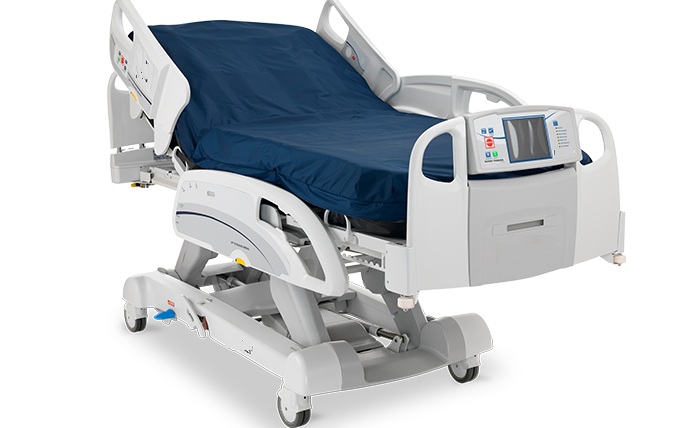Hamilton Health Sciences’ Centre for Aging Research a Norwegian-based medical supplier was developed a prototype of the world’s first ‘smart’ hospital bed.
The bed, developed by Ably Medical was designed to assist caregivers as well as patients, since its technology is intended to help prevent pressure ulcers and falls, and help reduce injuries to nursing staff by making it easier to safely maneuver patients in their beds.
Ably in partnership with HHS GERAS Centre for Aging Research led the research study to pilot the bed and assess its impact on patient care and the work of health care providers. HHS staff, management and leadership provided feedback on the initial prototype as well as a modified version.
“It was amazing to watch the dedicated staff at HHS engage in the design thinking process to modify and improve the Ably prototype bed,” said George Ioannidis, associate scientific director for GERAS. “The staff’s enthusiasm and excitement for the co-design method ensure that the Ably Bed meets the needs of frontline care professionals and their patients.”
In 2018, staff, management and leadership spent four weeks testing the initial prototype bed at HHS St. Peter’s Hospital and provided feedback to Ably. Recommendations included suggestions about the placement and design of a control panel since the prototype didn’t have one. Nurses also suggested that it have the ability to go lower, so it would be easier to maneuver patients safely.
The Ably Bed combines a groundbreaking movement system as well as a range of sensors that monitor and improve the comfort of the patient while reducing workload of clinical staff.
Ably’s ‘smart’ bed frame consists of motion springs that allow for new movement possibilities, supporting patient treatment and healthcare workers in their everyday work, including lifting and moving patients. This wireless bed has sensors built in that allow for continuous vital sign monitoring of patients including heart rate, breathing rates, weight and movement patterns.
The next phase of research will include patient trials to determine if the technology improves pressure ulcer prevention and fall prevention, as well as reducing the physical and mental nurse burden in a hospital setting. Further studies and health economics analysis are required to specify actual cost savings/cost effectiveness to healthcare systems.


















